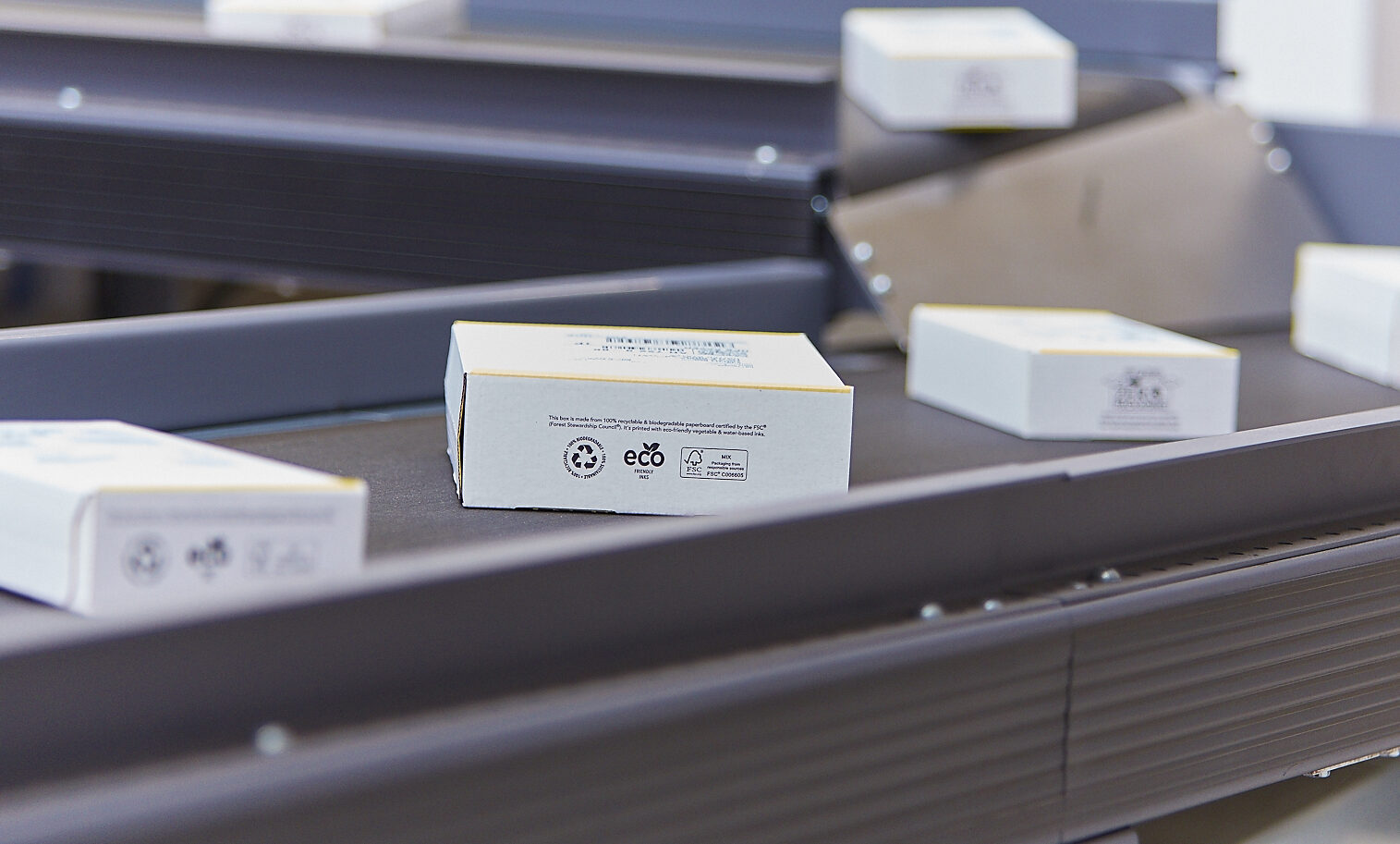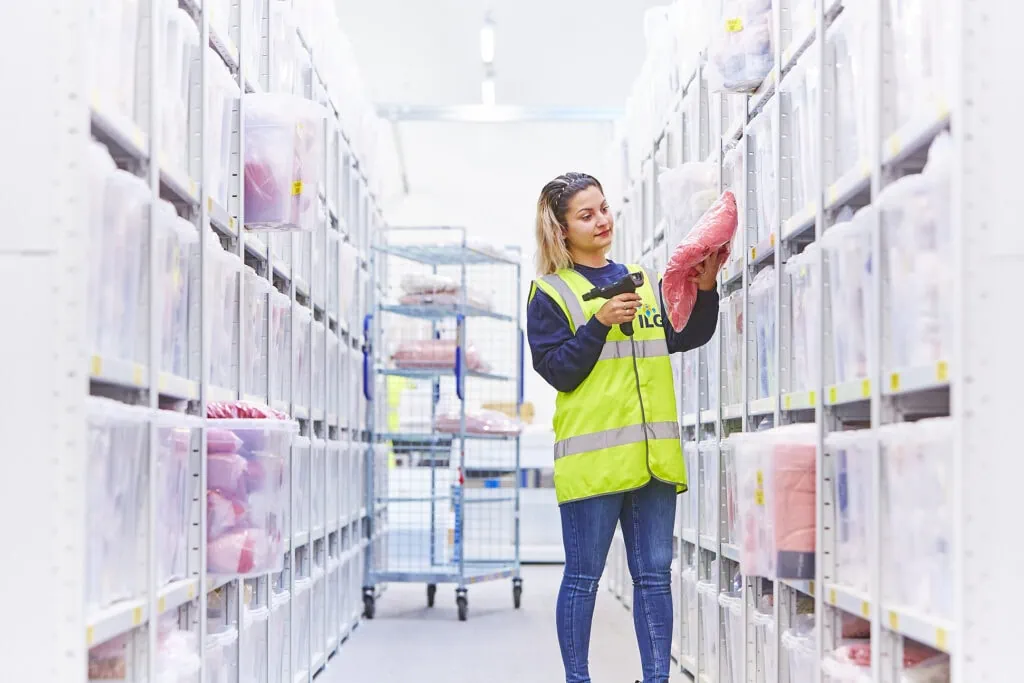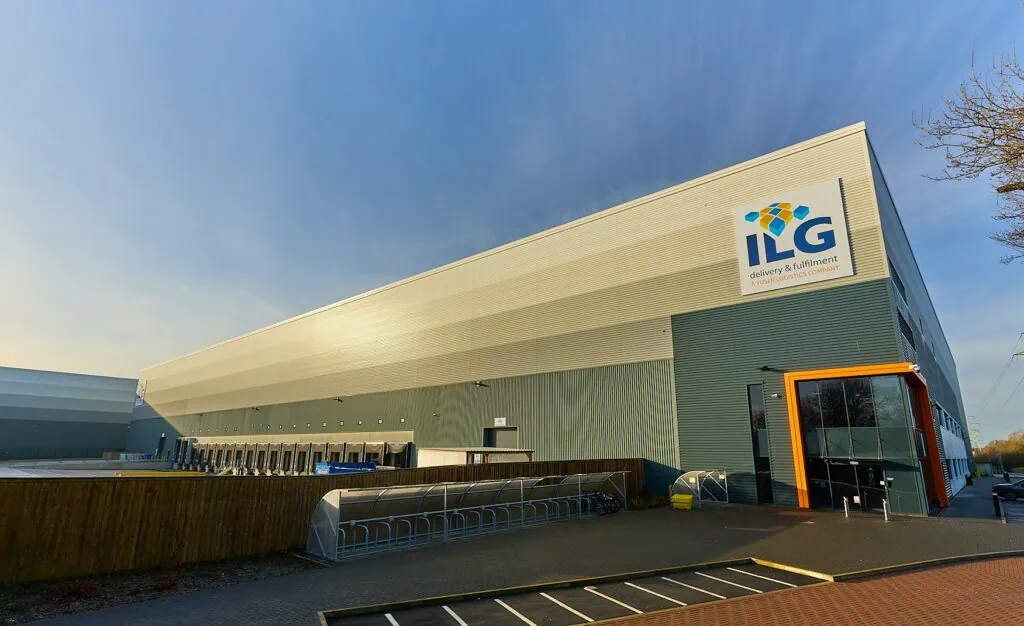
What UK Businesses Need to Know
The European Parliament and European Council have agreed to a new environmental regulation, the Packaging and Packaging Waste Regulation (PPWR), likely to come into force in the next two years. The new regulation applies further controls to the use of packaging and the disposal of packaging waste by any company that packages goods for sale.
In this blog, we summarise what new restrictions are contained in the PPWR, how it will affect UK companies and what changes you need to put in place in order to comply?
What is PPWR?
The new Packaging and Packaging Waste Regulation is the latest EU directive aimed at enhancing the sustainability of packaging materials and reducing the environmental impact of packaging waste. Key aspects of the regulation as they apply to ILG customers include:
- Extended producer responsibility (EPR): Vendors will be held increasingly responsible for the packaging they place on the market. This includes contributing to the costs of managing packaging waste and recycling schemes. Every company that ships goods to EU countries must have a branch or representative in each of these countries. Read more about EPR here.
- Stringent recycling targets: The PPWR sets more stringent targets for the proportion of packaging materials that get recycled. With very few exceptions, ALL packaging must be recyclable. There will be three recyclability performance grades – A, B and C – that will be gradually imposed between now and 2030, when all packaging must be designed for material recycling.
- Harmful substances: Packaging must contain no more than a minimal amount of harmful substances. This includes all packaging components, such as print, as well as the packaging material itself. Shipping packaging for online trade is subject to stricter guidelines.
- Single-use plastics: Among a number of new restrictions on single-use plastics is a ban on all single-use packaging for cosmetics, hygiene and toiletry products for use in the accommodation sector (eg shampoo bottles in hotels).
- Use of recycled plastics: In a further bid to eradicate the use of single-use plastics, any plastic part of packaging placed on the market must contain a minimum percentage of recycled content. That is plastic recovered from post-consumer plastic waste. The minimum percentages differ depending on packaging type.
- Labelling: The regulation introduces labelling requirements aimed at providing consumers with clear information about the environmental impact of packaging materials. E-commerce vendors will need to ensure that their packaging is appropriately labelled to help consumers with the sorting of their own packaging waste. Reusable packaging must also be labelled as such, along with a QR code linking to information on collection points and other re-use instructions. Compostable packaging must also be labelled as such, and must state when not suitable for home composting and that it must not be thrown away in nature.
- Packaging minimisation: The PPWR sets out to stop “unnecessary” packaging, ie packaging designed to increase the perceived volume of the product. From January 1 2030, packaging will be subject to a ‘maximum empty space ratio’ of 50% – that is space filled by padding materials such as bubble wrap or foam chips.
What impact will the PPWR have on my business?
The PPWR has several implications for e-commerce businesses:
- Cost: Compliance with the regulation will entail additional costs for brands, including investment in sustainable packaging materials, implementation of recycling schemes, sourcing new packaging materials, redesigning packaging to minimise volume and meeting the new labelling requirements.
- Operational changes: Companies will need to review and potentially overhaul their packaging practices, from choice of packaging materials to packaging design and labelling.
- Supply chain compliance: Brands will be required to collaborate closely with their supply chain partners to ensure compliance throughout. This could involve working with packaging manufacturers to source sustainable materials or engaging with logistics partners to optimise packaging and reduce waste.
- Competitive advantage: With consumers becoming increasingly conscious of the sustainability of the goods they buy, good packaging practices can become a huge differentiator. The PPWR represents an opportunity to take your sustainable packaging philosophy to the next level and thus increase consumer appeal.
What do I need to do to comply with PPWR?
Adopting the following strategies will help brands to comply with the new EU packaging and packaging waste regulation:
- Invest in sustainable packaging: If you haven’t done so already, transitioning to sustainable packaging materials, such as recyclable cardboard, paper-based alternatives and compostable plastics, can help to reduce your environmental footprint and meet the new regulatory requirements. Find out more about how to make your e-commerce packaging more sustainable.
- Optimise packaging design: Redesign your packaging to minimise volume and material usage.
- Work with suppliers: Build strong partnerships with suppliers and 3PL partners in a combined effort to source sustainable materials and optimise packaging, to ensure you drive positive change throughout your supply chain.
- Educate consumers: Provide your customers with information about the environmental impact of your packaging materials and how to sort them for recycling and reuse.
- Monitor regulatory developments: Keep abreast of updates to the PPWR and be proactive about adapting business practices to remain compliant.
Conclusion
The PPWR still needs to go through several stages of approval before it is officially adopted by the European Union, but we should all be planning for something of a revolution in packaging and packaging waste by 2030.
We can help by advising you on your packaging options and helping to clarify how the new regulation will affect your business.
Get in touch today to discuss sustainable fulfilment solutionsSources
https://www.ecosistant.eu/en/eu-packaging-regulation-e-commerce/
Contact Us
More insights >
How to Manage Your Stock with SKU Numbers: Best Practice Guide
If you’re an e-commerce business, efficient inventory management is essential – and one important part of this is understanding SKU numbers.
ILG is a Finalist for Best Logistics Solution at the BeautyMatter 2025 Awards!
We’re thrilled to announce that for the third year in a row, ILG is a finalist for ‘Best Logistics Solution’ at the BeautyMatter 2025 Awards!

